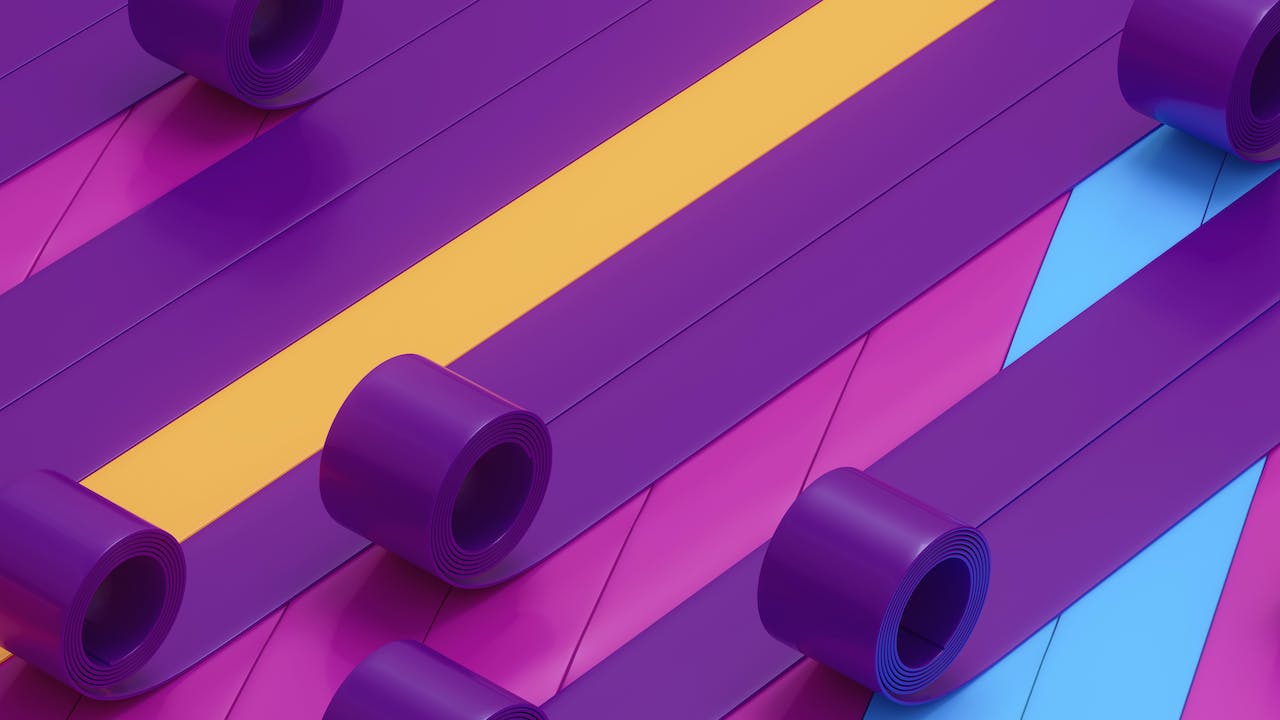The digital world often buzzes with the terms “motion graphics” and “animation,” sparking confusion and debate among enthusiasts and professionals alike. These disciplines seem to blend at a glance, breathing life into static images through the magic of movement. However, beneath their shared canvas of motion lies a distinction rich in technique, application, and artistic intent.
For instance, a popular motion design course at https://motiondesign.school/products/motion-beast teaches animation in After Effects. Why does this qualify as motion graphics? Let’s find out. This blog post aims to demystify these terms, clarifying what sets motion graphics apart from animation. By exploring their definitions, historical context, technical aspects, and real-world applications, we intend to highlight each field’s unique characteristics and strengths. Whether you’re an aspiring designer, a seasoned artist, or simply a curious observer, understanding the nuances between motion graphics and animation can deepen your appreciation for the art forms and guide your choices in visual storytelling.
Artistic Elements
The artistic elements of motion graphics and animation serve as the foundation for these visual arts, each with its distinct approach to creativity and design. Motion graphics often emphasize dynamic, engaging visuals that enhance informational content, using bold text, color, and geometric shapes to convey messages directly and efficiently. This form leans heavily on design principles such as balance, timing, and contrast to capture attention and communicate effectively without necessarily developing a narrative.
In contrast, animation delves into the realm of storytelling, where characters, environments, and detailed scenarios are crafted to evoke emotions and immerse the viewer in diverse worlds. From the meticulous frame-by-frame animation of traditional methods to the complex modeling of 3D worlds, animators employ a broad palette of techniques to breathe life into their creations.
Both fields require a deep understanding of movement and timing. Still, where motion graphics focus on conveying information stylishly and succinctly, animation uses its artistry to create engaging narratives and characters that resonate with audiences on a personal level.
Applications and Industries
Motion graphics and animation find their applications across various industries, each leveraging these dynamic mediums to various ends. In the realm of advertising and marketing, motion graphics are invaluable for creating compelling commercials and engaging explainer videos that distill complex information into digestible, visually appealing pieces. This form excels in digital marketing, where combining visual allure and concise messaging can significantly enhance brand visibility and message retention.
On the other hand, animation stretches its wings further into the entertainment industry, powering the narratives of movies, television shows, and video games with its ability to construct immersive worlds and characters. Educational content also benefits from both fields, with animation bringing historical events and scientific concepts to life for students, while motion graphics can make data and statistics accessible and engaging.
Additionally, the corporate world utilizes these visual techniques for training materials, presentations, and promotional content, demonstrating the versatility and impact of motion graphics and animation across various sectors. The broad spectrum of applications underscores these visual arts’ integral role in communication, education, and entertainment, highlighting their importance in both traditional and emerging digital landscapes.
Definition and Focus
Motion Graphics primarily involves animating graphic elements, text, or logos to create the illusion of motion or rotation. It is often associated with setting abstract objects, text, and other graphic design elements in motion. Motion graphics are usually not story-driven in the traditional sense and are often used to communicate ideas or information in a straightforward, engaging way.
Animation encompasses a broader category that includes the creation of intricate sequences and storytelling through the illusion of movement. This can involve characters, backgrounds, and other elements that are designed to convey a narrative or bring fictional worlds to life. Animation can be either 2D or 3D and covers a wide range of styles and techniques.
Purpose and Use
Motion Graphics are commonly used in advertising, informational videos, website animations, and to enhance the visual appeal of presentations or videos. They are excellent for explaining concepts, showcasing data, or promoting products in a visually engaging manner without necessarily telling a story.
Animation is often used in entertainment, such as films, television shows, video games, and educational content where storytelling is key. It can convey complex narratives, evoke emotions, and create immersive experiences. Animation techniques can range from traditional hand-drawn animation to computer-generated imagery (CGI).
Techniques and Tools
Motion Graphics creators use software like Adobe After Effects, Adobe Premiere Pro, and Cinema 4D, focusing on animating shapes, text, and images. The work is more about creating dynamic compositions and engaging visual effects than about character animation or detailed environments.
Animation requires a broader set of tools and techniques, including frame-by-frame animation, rigging, and character design. Animators might use software like Autodesk Maya, Adobe Animate, or Toon Boom Harmony. They focus on creating believable movements, expressions, and interactions to tell a story or bring characters to life.
Skill Set and Specialization
Motion Graphics designers often have a background in graphic design and specialize in bringing static visuals to life through animation. They need a strong understanding of design principles, typography, and composition.
Animation artists typically have a more specialized skill set in drawing, character design, storyboarding, and understanding the principles of animation (like timing, anticipation, and squash and stretch). They need to create believable characters and worlds that can sustain a narrative.
Choosing Between Motion Graphics and Animation
When deciding between motion graphics and animation for a project, it’s essential to consider the unique attributes and strengths of each medium, as well as the specific objectives you aim to achieve. Here are some key factors to guide your choice:
Project Goals:
- Use motion graphics if your primary aim is to communicate straightforward messages, data, or concepts in an engaging and visually appealing way. This approach is perfect for advertisements, explainer videos, and infographics where clarity and impact are crucial.
- Opt for animation when your project revolves around storytelling, character development, or creating an immersive world. Animation is ideal for films, educational content with narrative elements, and video games that require emotional engagement or detailed visual exploration.
Audience Engagement:
- Motion graphics are best for catching viewers’ attention quickly and effectively, making them suitable for audiences with short attention spans or when conveying information in a limited timeframe.
- Animation can captivate audiences looking for deep engagement, emotional connections, or entertainment, offering a rich, immersive experience.
Resource Allocation:
- Consider motion graphics if working with tighter budgets or shorter timelines, as they can often be produced more quickly and cost-effectively while delivering high-impact visuals.
- Animation may require more significant resources regarding time, budget, and skilled personnel, especially for complex scenes or 3D environments, making it a better fit for projects with larger scopes or longer development periods.
Content-Type:
- Motion graphics present abstract concepts, statistics, or non-narrative content in a dynamic format, enhancing the understanding and retention of information.
- Animation is the preferred choice for narrative-driven content, allowing for the exploration of themes, stories, and character arcs in a visually engaging manner.
By carefully evaluating these aspects—project goals, audience engagement, resource allocation, and content type—you can make an informed decision that best suits the needs of your project, ensuring that the visual medium chosen enhances and supports your message effectively.
Conclusion
Hence, there are two main approaches to comparing motion graphics and animation. On the one hand, the latter is a generic term for all kinds of works with moving graphic objects. In this regard, it includes things like:
- hand-drawn cartoons,
- CGI,
- anime,
- claymation, and
- motion graphics.
The lines between these categories are often blurred — for instance, CGI may be applied to motion graphics. Even hand-drawn motion graphics are theoretically possible.
At the same time, animation is a realm of narratives, while motion graphics only make graphic objects move. This view implies a deeper, more complex nature of animated videos. Characters are more than lines on a graph that light up. This kind of artistic work has the power to convey emotions and full stories.


